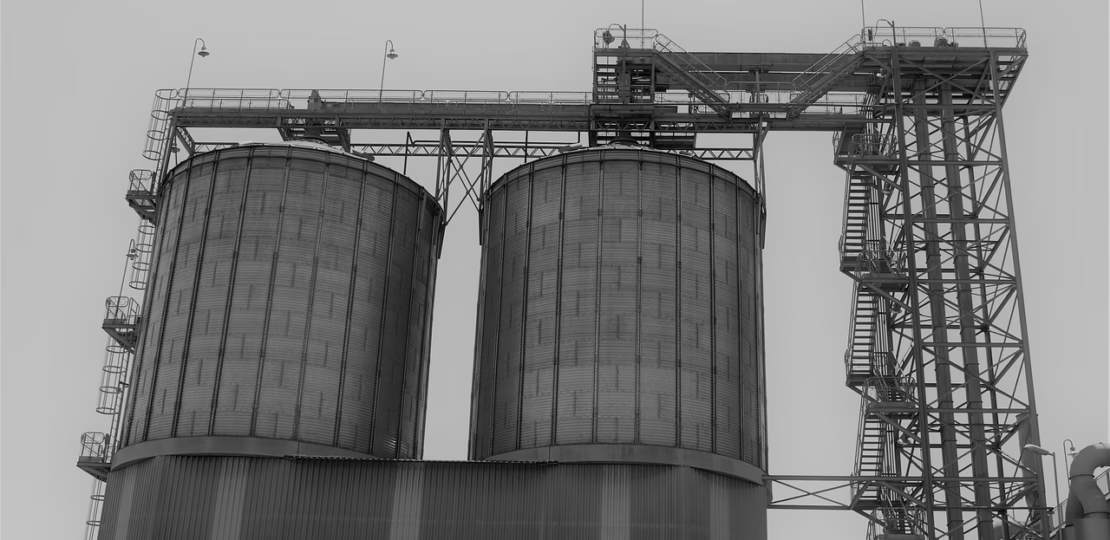xAI Imports Full-Scale Power Plant to Fuel One-Million-GPU D
July 7, 2025 | by Olivia Sharp

xAI Imports a Full-Scale Power Plant to Fuel Its One-Million-GPU Data Center
Inside the boldest infrastructure gamble yet for the next generation of Grok AI
By Dr. Olivia Sharp — AI researcher & technology strategist
1. The news behind the headline
Just when the industry started to absorb the shock of xAI’s 200,000-GPU “Colossus” cluster in Memphis, Elon Musk’s team confirmed an even wilder move: it has bought an entire overseas power plant and is shipping it to the United States to supply a forthcoming data center designed for one million GPUs. Estimates place the imported facility at roughly 2 gigawatts (GW) of generation capacity—enough to light up about 1.9 million U.S. homes. (w.media)
2. Why xAI needs its own gigawatt-class generator
The leap from today’s 200 kH100 GPUs to one million next-gen Blackwell accelerators is not linear—it’s exponential. The current Colossus installation already consumes ≈ 300 MW when networking, storage and cooling overheads are included. (w.media; newsroom.stelia.ai) Scaling to one million GPUs, Patel of SemiAnalysis projects a raw draw of 1–1.4 GW and a total facility load of 1.4–1.96 GW after overhead (PUE ≈ 1.4). (w.media)
North-American utilities rarely reserve multi-gigawatt blocks for a single private customer on a two-year horizon. Even fast-tracked substations or gas turbines require protracted permitting, environmental review and community consultations. By importing a pre-existing combined-cycle gas-turbine (CCGT) plant, xAI sidesteps the longest regulatory chokepoint: construction. Place it on skids, connect to gas supply and transmission interconnects, and the cluster can turn on as soon as the GPUs roll off Nvidia’s line.
3. A quick reality check on power math
• Per-GPU demand. Nvidia’s B200 is specced at 1.2 kW; the dual-die GB200 Grace/Blackwell module can hit 2.7 kW. Multiply by one million and you’re staring at 1–1.4 GW just for accelerators. (datacenterdynamics.com)
• PUE overhead. Cooling, memory, CPUs, switches, power-conversion losses, lighting—industry rule-of-thumb adds 30–50 %. That’s another 400–600 MW, landing the total somewhere near 2 GW. (w.media)
• Storage for spikes. Colossus recently dropped 168 Tesla Megapacks on-site as a buffer after community blow-back on its 35 temporary gas turbines. (datacenterdynamics.com) Expect a similar battery wedge for the new site, if only to shave peaks and mollify regulators.
4. Environmental and regulatory flashpoints
Memphis activists have already battled xAI’s gas-turbine stopgap, accusing the company of operating the units without proper air-quality permits and exceeding formaldehyde thresholds. (datacenterdynamics.com; capacitymedia.com) Transporting and re-commissioning a 2 GW fossil plant will magnify those concerns across multiple jurisdictions—port of entry, interstate rail corridors and the receiving county’s air board. Even if the imported plant arrives with modern scrubbers and selective catalytic reduction (SCR), community watchdogs will push for continuous emissions monitoring and water-use transparency.
Simultaneously, federal agencies are rewriting energy-facility siting rules to accelerate AI-driven industrial loads, while a proposed bill in Congress threatens to trim clean-energy incentives. (axios.com) xAI’s maneuver will test how fast those new rules really are—and whether communities feel railroaded or included.
5. What one-million GPUs buys xAI
At full tilt a million GPUs deliver roughly 1026 floating-point operations per second (hundreds of exaFLOPS in mixed precision). That headroom lets researchers:
- Train trillion-parameter Grok models in weeks, not months.
- Run simultaneous model families—for coding, search, robotics—without cannibalizing training slots.
- Sustain real-time fine-tuning on X’s global tweet firehose (≈ 20,000 TPS) and Starlink telemetry.
The obvious strategic angle is vendor independence. By owning mega-scale compute on-prem, Musk reduces reliance on Microsoft or Oracle clouds, dodges vendor lock-in and can iterate on custom interconnects (think Starlink laser backhaul directly into the data hall).
6. Practical takeaways for builders and policymakers
1 | The grid bottleneck is now the dominant gating factor. If your AI roadmap involves anything larger than a few thousand H100s, start energy-procurement discussions before you sign the GPU purchase order.
2 | Expect “private utilities” to proliferate. xAI won’t be alone. Hyperscalers will increasingly buy or build generation—gas, small-modular nuclear, geothermal—to feed dense AI campuses. Skills in FERC compliance, nodal-pricing optimization and behind-the-meter storage will be career gold.
3 | Community relations will decide speed. The Memphis gas-turbine backlash delayed Colossus upgrades by months. Early, transparent stakeholder engagement costs less than litigation and retrofit mandates after the fact.
4 | Software efficiency still matters. A 20 % algorithmic speed-up on a 2 GW cluster saves the output of an entire wind farm. Model-parallelism researchers, compiler engineers and quantization experts are—quite literally—grid-level climate mitigators.
7. Looking ahead
xAI’s power-plant gambit is audacious, risky and perhaps inevitable. If the shipment clears customs and the turbines spin by late 2026, Grok-4 and its descendants will train on hardware rivaling a national lab. Whether that progress is heralded as genius or hubris will hinge on emissions performance and local economic uplift.
Either way, the bar has been raised. Building frontier AI now means mastering not just algorithms, but megawatt economics, logistics choreography and community diplomacy. Expect the next wave of AI innovation to be measured as much in megawatts deployed as in parameters trained.

RELATED POSTS
View all



